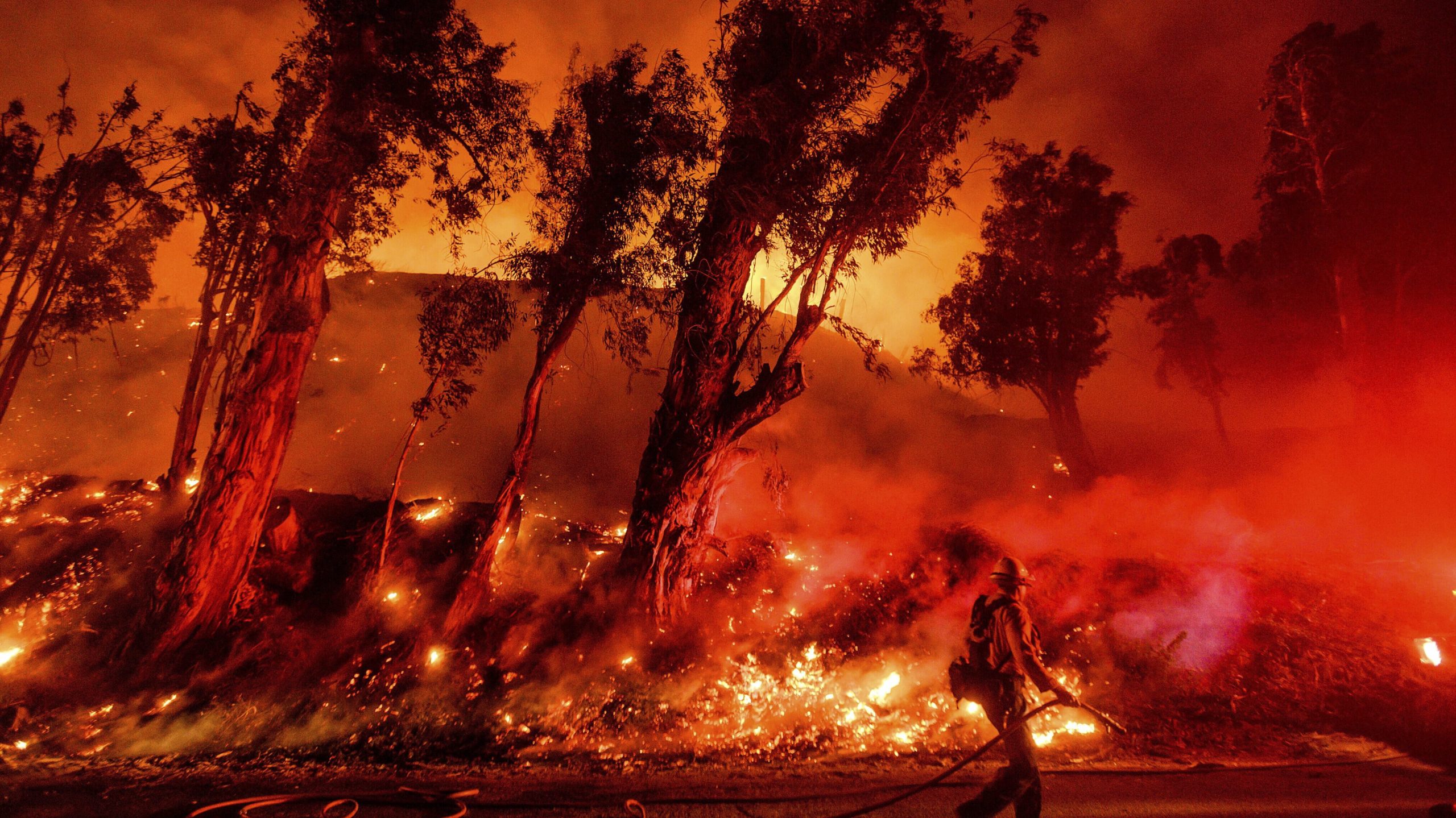Wildfires are natural. Catastrophic firestorms are not.
More than 4 million acres of California burned this year, a record that included the first ‘gigafire’ of more than a million acres and the first ‘fire tornado’ warning from the National Weather Service, for a pyrocumulonimbus twister that reached 30,000 feet and 60 miles per hour.
In many places across the U.S. west, forests have as much as 10 times the natural biomass. When combined with a hotter and drier climate, the region is a tinderbox prone to fires much hotter and more destructive than the natural wildfires that are beneficial to forest health.
How to restore the natural equilibrium is well known to scientists and forest managers. The obstacle has been how to pay for it.
California-based Blue Forest Conservation, a nonprofit fund manager, has pioneered what it calls “forest resilience bonds” to finance proven forest restoration techniques that are increasingly beyond the budget capacities of state and federal agencies. ImpactAlpha caught up with Blue Forest’s Zach Knight to explore solutions that, as he puts it “fight fire with finance.”
Outside investors put up the upfront money. The money goes to contractors who do the work of thinning smaller trees, managing controlled burns and deploying other proven interventions. And then government agencies repay investors or reimburse them. In effect, Blue Forest brings the money forward to enable the work to get going.
“The way we’ve created the forest resilience bond, it’s a public private partnership, in which the investors are actually lenders to a project specific vehicle,” Knight explains in the podcast. “We then borrow money from investors, as it’s needed to complete the project over the course of the years.” Federal, state, local governments, and sometimes utilities reimburse or repay the investors.
The benefits extend far beyond reduced firefighting costs. In California, and other areas, the “ecosystem services” created by healthy forests – in the form of clean water, reduced soil erosion, reduced flooding, cleaner air and wildlife habitat – may far exceed the value of the timber in the forests.
“It’s not just water, it’s not just carbon, it’s not just air quality, it’s community resilience on a broader basis,” Knight says. “By creating a healthy forest around those large trees, we can promote that successional growth, while also making sure that carbon is more stable and more durable in those trees because you’re reducing the risk, not of fire – fire is a good thing on the landscape – but of large, catastrophic fire coming through these watersheds.”
Blue Forest raised $4 million for its first project in California’s Tahoe National Forest. That’s “Far, far short of institutional investment product,” Knight admits. But the increasing value of forest resilience has brought increasing interest from institutional investors, including insurance and reinsurance companies.
“We have a product here that is relatively low risk – it’s contracts and agreements with highly rated government counterparties. It’s relatively low return, but it’s very high impact.”
An investment in Blue Forest’s first project from CSAA Insurance Group, a multi-billion property casualty insurer, “opened our eyes to a whole world that we hadn’t really seen before.” Knight worked with the state’s Department of Insurance to get its vehicle certified for investment by other insurance companies, which represent approximately $4.5 trillion in assets in California alone.
“That’s a pretty big pool,” Knight says. “We’re trying to solve some big problems here.”










